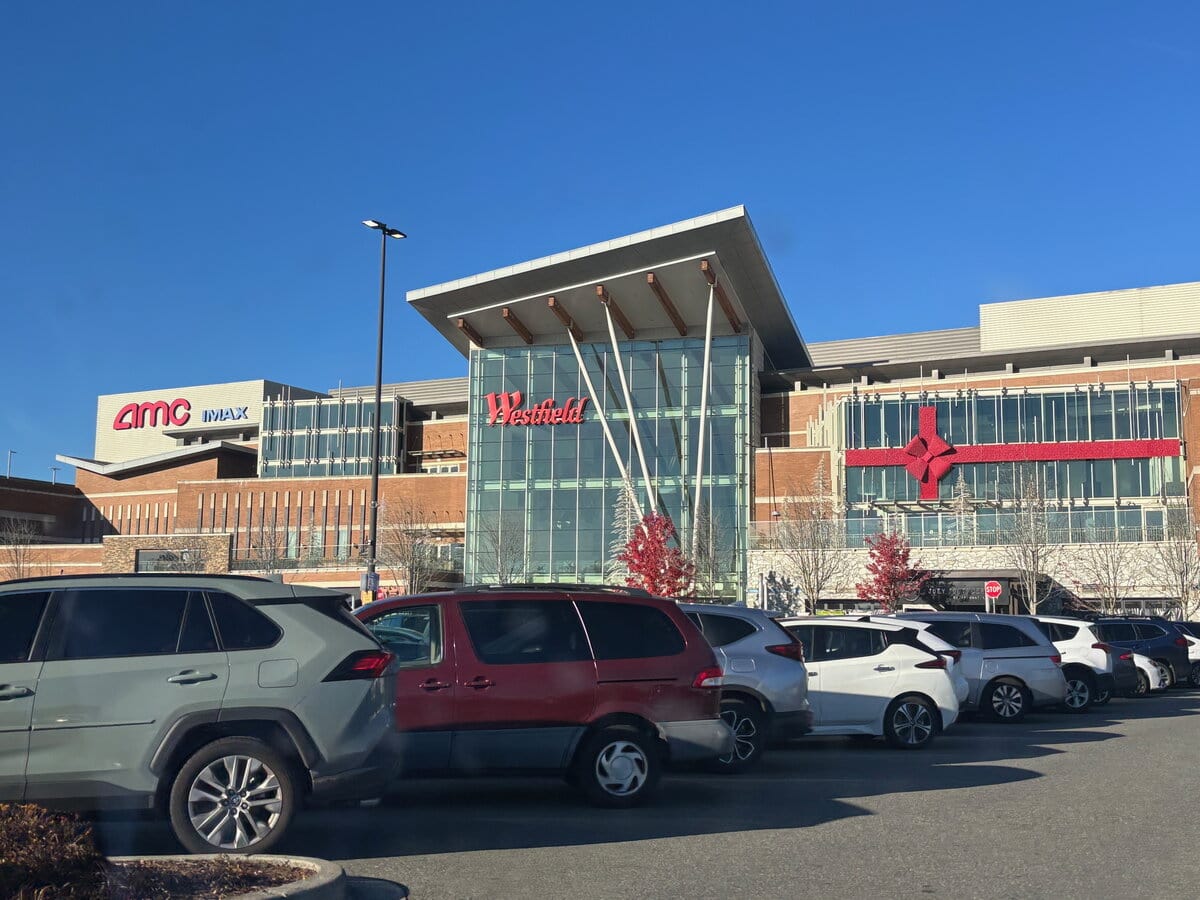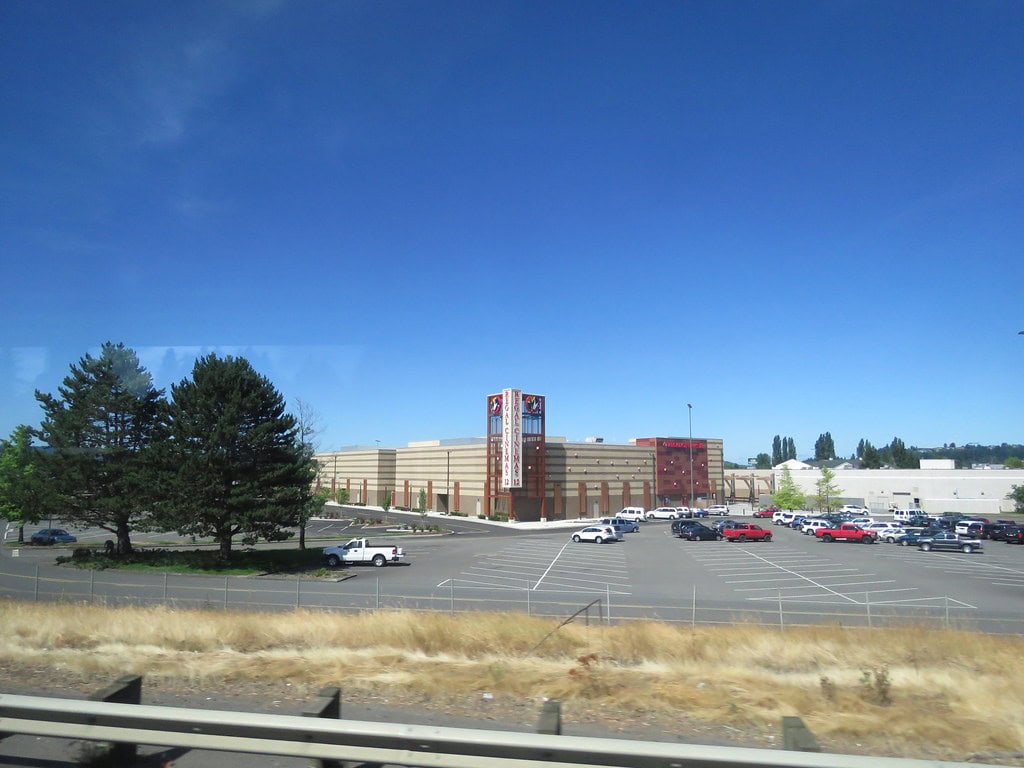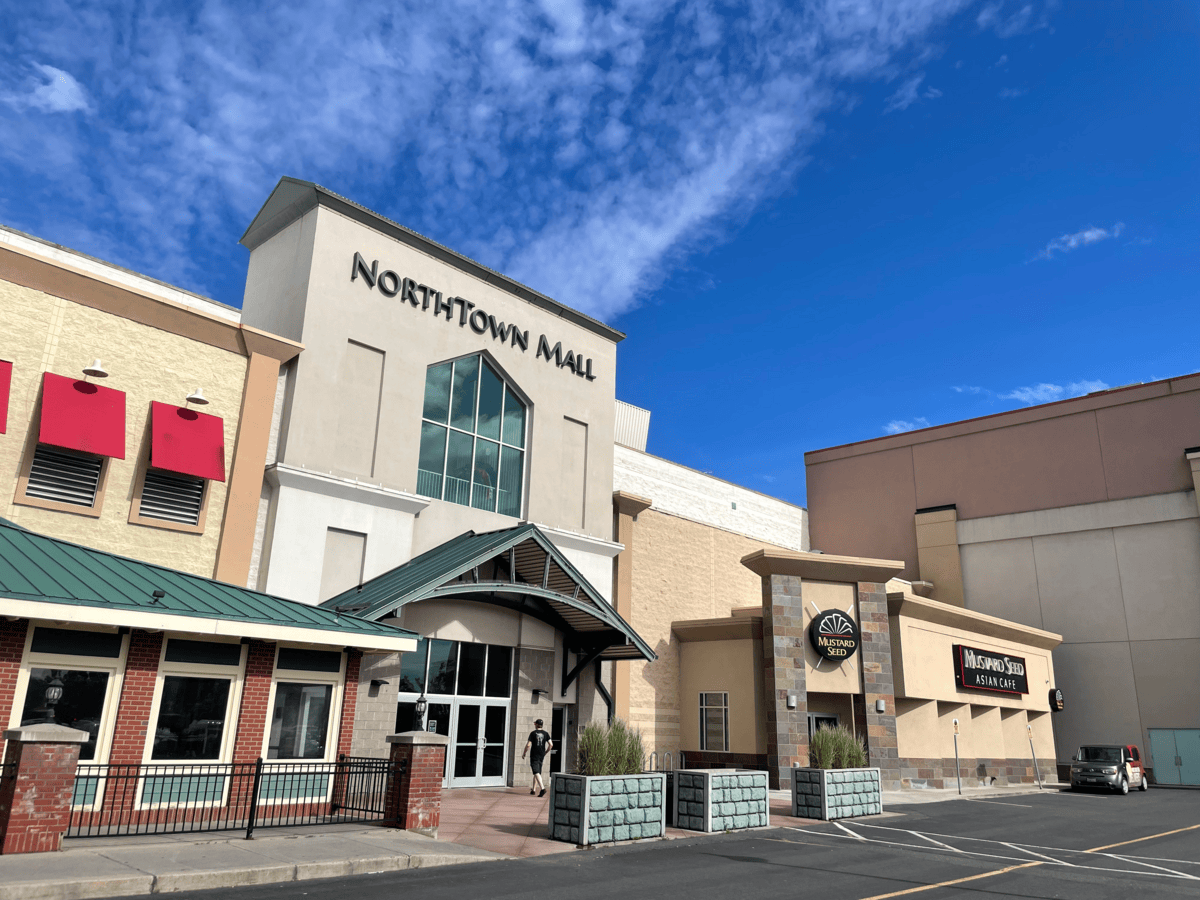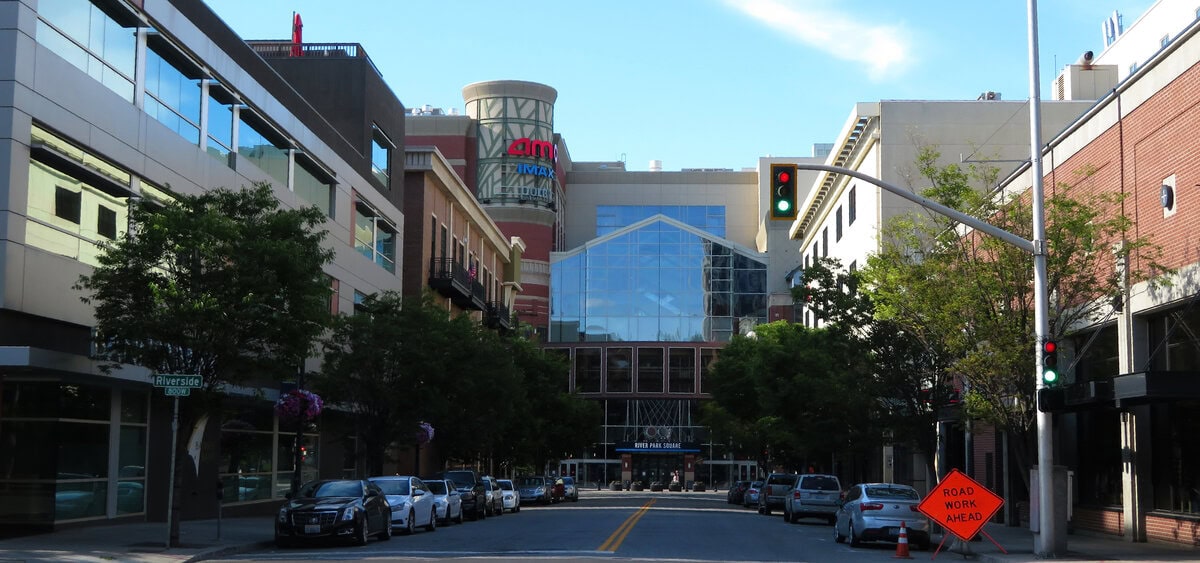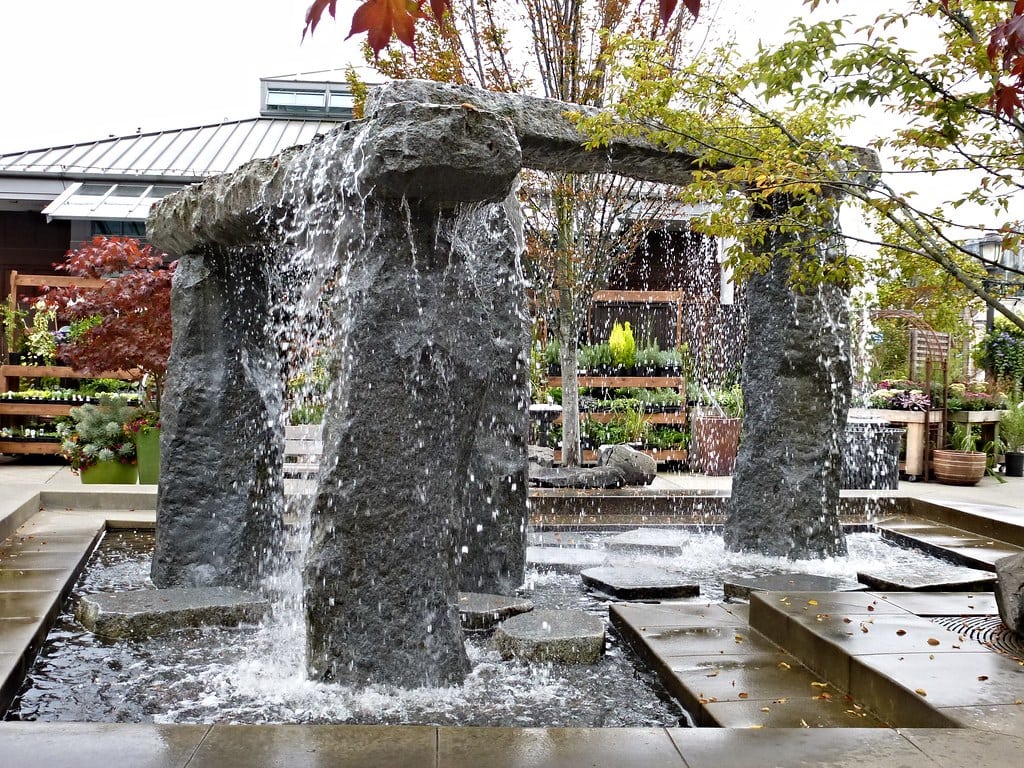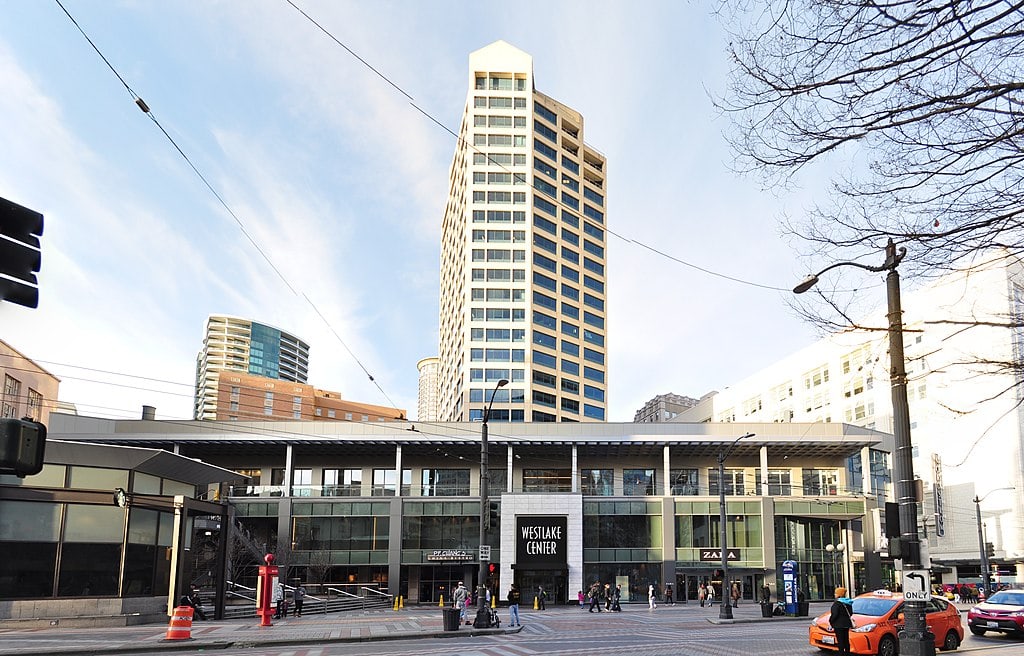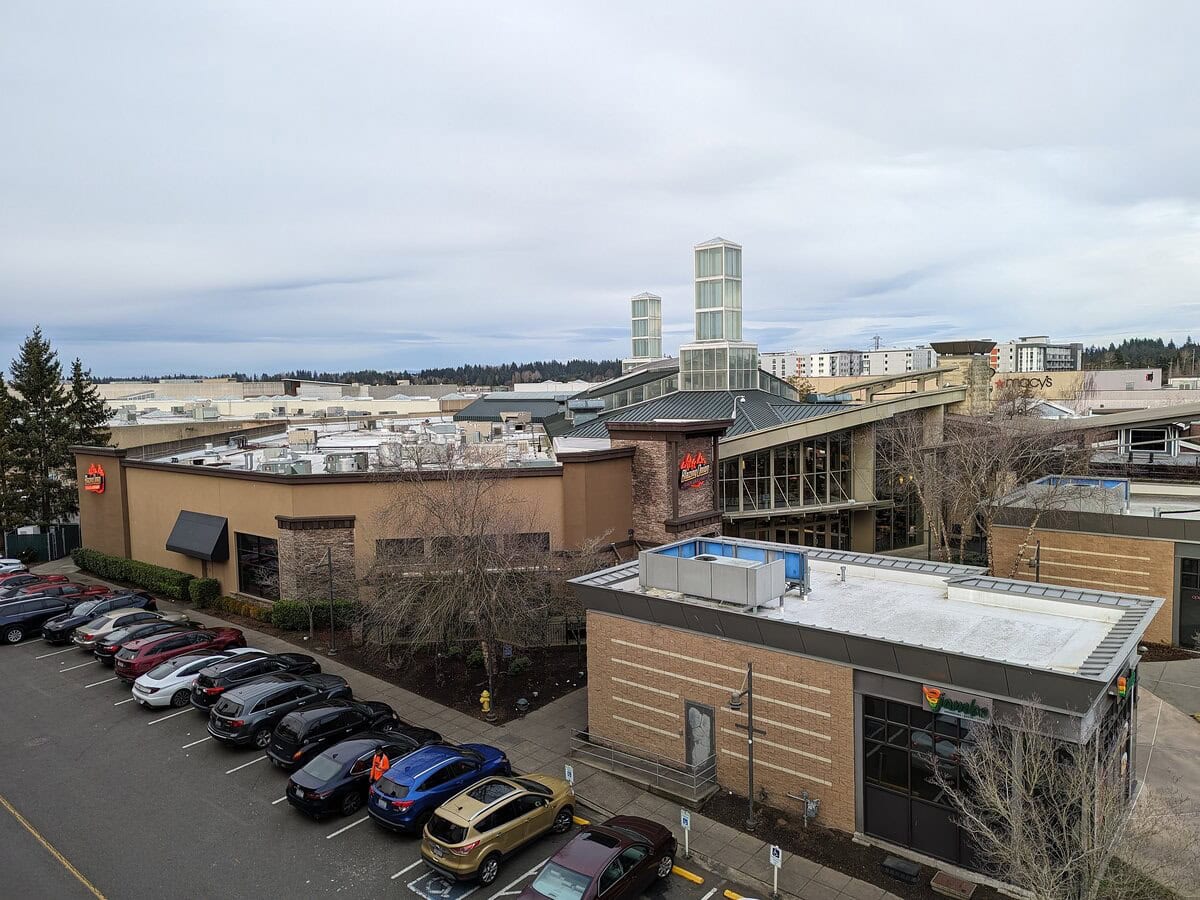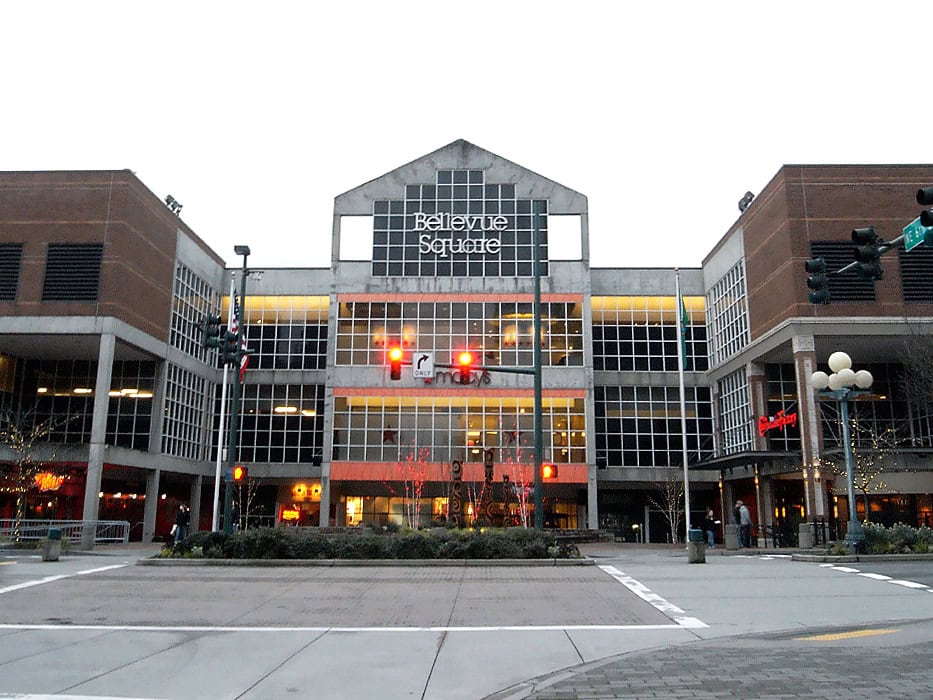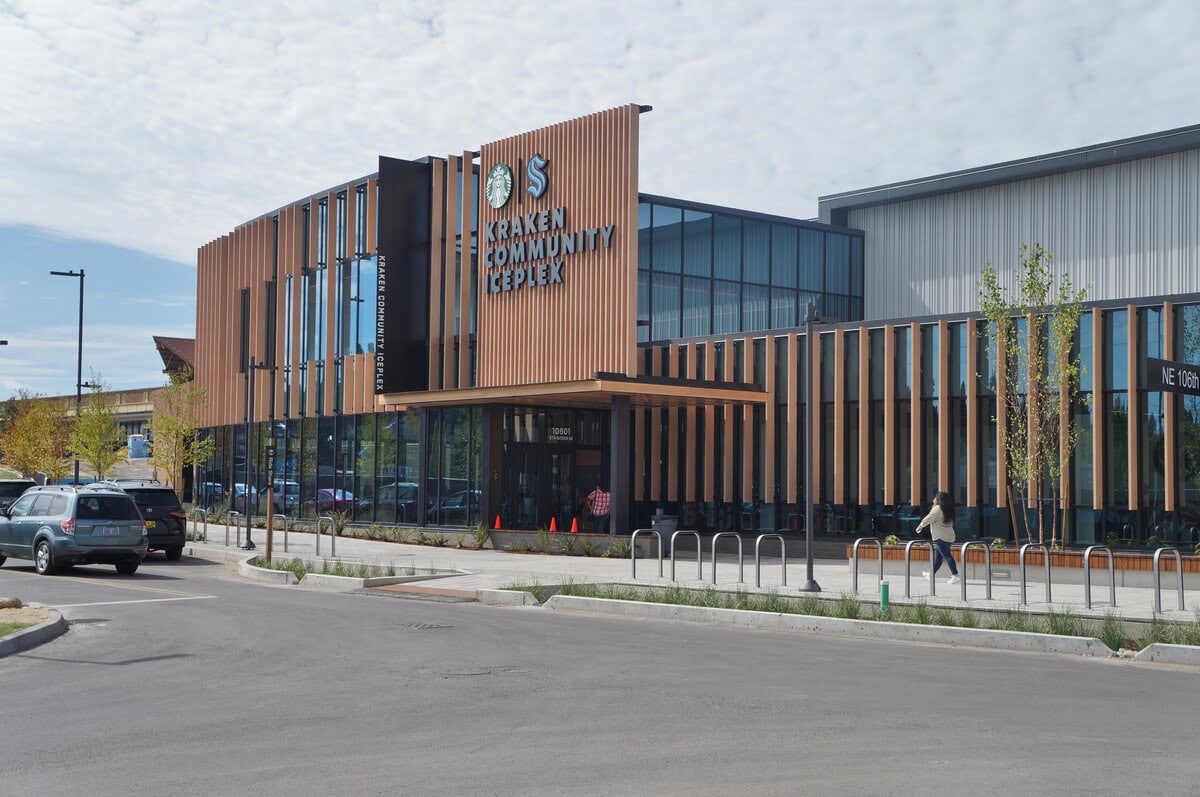Tacoma Mall Overview
Tacoma Mall is the largest shopping center in Tacoma, Washington, and has been a hub of commerce since October 13, 1965. It was developed to cater to the growing suburban population, fueled by the post-war boom and the completion of Interstate 5 just a few years earlier.
Today, the mall is managed and owned by Simon Property Group, one of the largest retail real estate companies in the country, cementing its importance in the region.
One of the mall's defining features is its broad range of stores. The mix of anchor stores and smaller boutiques provides plenty of things to do in Tacoma, WA, for both locals and visitors.
Over the decades, Tacoma Mall has become a retail anchor for the area. Key stores like Macy's, JCPenney, and Nordstrom have been integral parts of its success.
Macy's, originally opened as The Bon Marché in August 1964, is among the long-standing anchors, while Nordstrom has undergone expansions and relocations, including a major move in 2008.
Dick's Sporting Goods, added in 2017, is one of the newer anchors, taking over the space left by Forever 21. Tacoma Mall has always adapted to retail changes, continually attracting shoppers with its variety of offerings.
Development and Major Expansions
Tacoma Mall's development mirrors the suburban growth of the 1960s. When the mall first opened in 1965, it was an ambitious project aimed at consolidating retail options under one roof, a novel idea at the time.
Its original layout accommodated major stores like The Bon Marché (now Macy's) and JCPenney, both of which played key roles in attracting foot traffic.
The mall underwent several expansions to keep up with growing consumer demand. One major milestone was the introduction of Nordstrom Best in 1965. By 1972, the "Best" name was dropped, and Nordstrom expanded its footprint.
In 1983, the store relocated to a new, larger space, increasing its size from 55,000 to 134,000 square feet. As consumer habits shifted, Tacoma Mall adapted.
For example, Mervyn's, which had taken over from Liberty House in the 1990s, was later demolished in 2008 to make way for a larger, relocated Nordstrom.
Expansion wasn't just limited to physical space - store offerings evolved as well. The addition of new tenants like Apple Store, Sephora, and Forever 21 after the division of the old Nordstrom space in 2010 showed the mall's commitment to keeping its retail mix fresh.
While some stores have come and gone, Tacoma Mall has remained a focal point for shopping in the region.
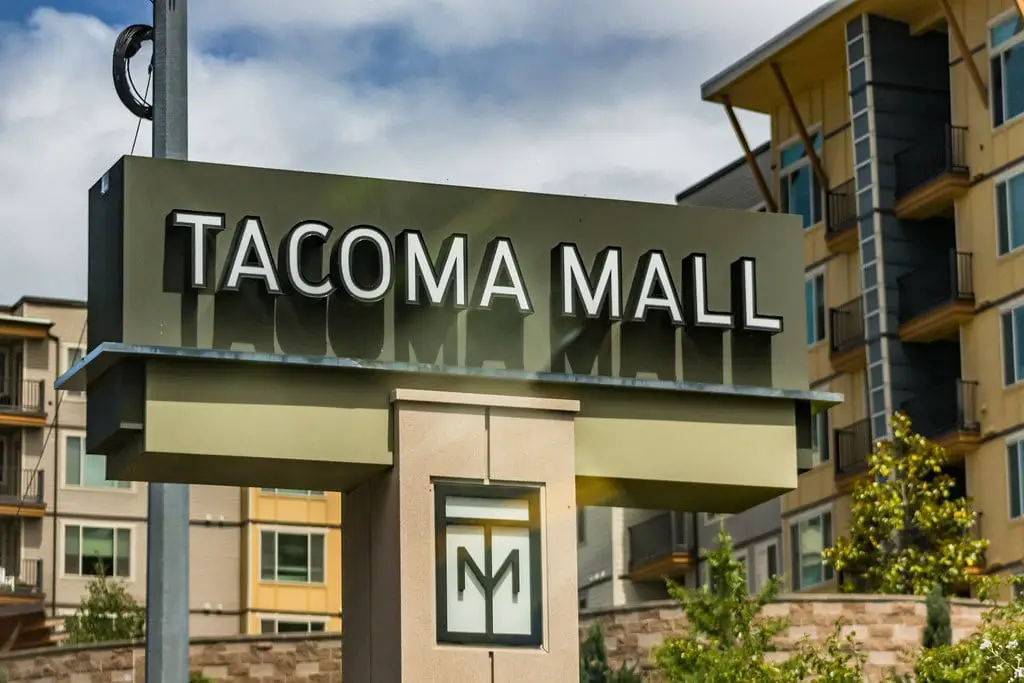
The 2005 Tacoma Mall Shooting
On November 20, 2005, Tacoma Mall became the site of a tragic event that would change its history. That afternoon, a gunman opened fire inside the mall, injuring six people - one critically.
The assailant, later identified as Dominick Sergio Maldonado, took four hostages during a tense standoff with police. Fortunately, all hostages were eventually released, and Maldonado surrendered without further violence.
The shooting left a deep mark on the local community and the mall itself. SWAT teams and law enforcement responded quickly, securing the area and evacuating shoppers and employees.
The event shocked Tacoma, as the mall had long been a bustling and relatively peaceful center for shopping and socializing.
Following the incident, mall management and Simon Property Group took steps to reassess and improve security measures, aiming to restore shoppers' sense of safety.
Maldonado was later sentenced to 163 years in prison in 2007, but the memory of the event lingers in Tacoma. This unfortunate chapter of Tacoma Mall's history reminds us of the unpredictable challenges large public spaces face.
Revitalization
Tacoma Mall, like many retail centers across the U.S., faced challenges in the 21st century as consumer shopping habits shifted.
One of the most notable blows came with the closure of Sears in 2018, a store that had been a mall staple since 1981.
As Sears closed its doors on September 2, 2018, it left a large vacant space, prompting concerns about the mall's future.
However, the Simon Property Group announced plans to redevelop the area into a more modern retail concept.
By 2019, the Sears building was demolished, and the small-format Kohls and Nordstrom Rack opened next door.
The redevelopment plan also revolves around transforming the former Sears area into a Lifestyle Village, a growing trend in the retail world. This concept moves away from the traditional enclosed mall format and incorporates more open-air shopping areas.
Simon Property Group's vision includes outward-facing stores, a through street, and additional dining and entertainment spaces.
The design aims to create a mixed-use area that attracts shoppers and provides a community space where people can spend time outside of shopping.
Construction began in 2024 with plans for The Village redevelopment at Tacoma Mall, set to open in Fall 2025.
The transformation will include new dining spots like Dave's Hot Chicken, Shake Shack, Supreme Dumplings, Simply Thai, Happy Lamb Hot Pot, Gong Cha, and Sushi.
The changes will gradually reshape the mall into a more modern, open, and inviting space. This ambitious project will redefine the mall's role in the community by evolving it from a traditional shopping center into a "lifestyle village."
This redevelopment is part of a broader effort to modernize and adapt to changing consumer demands for more dynamic, multi-use spaces.

